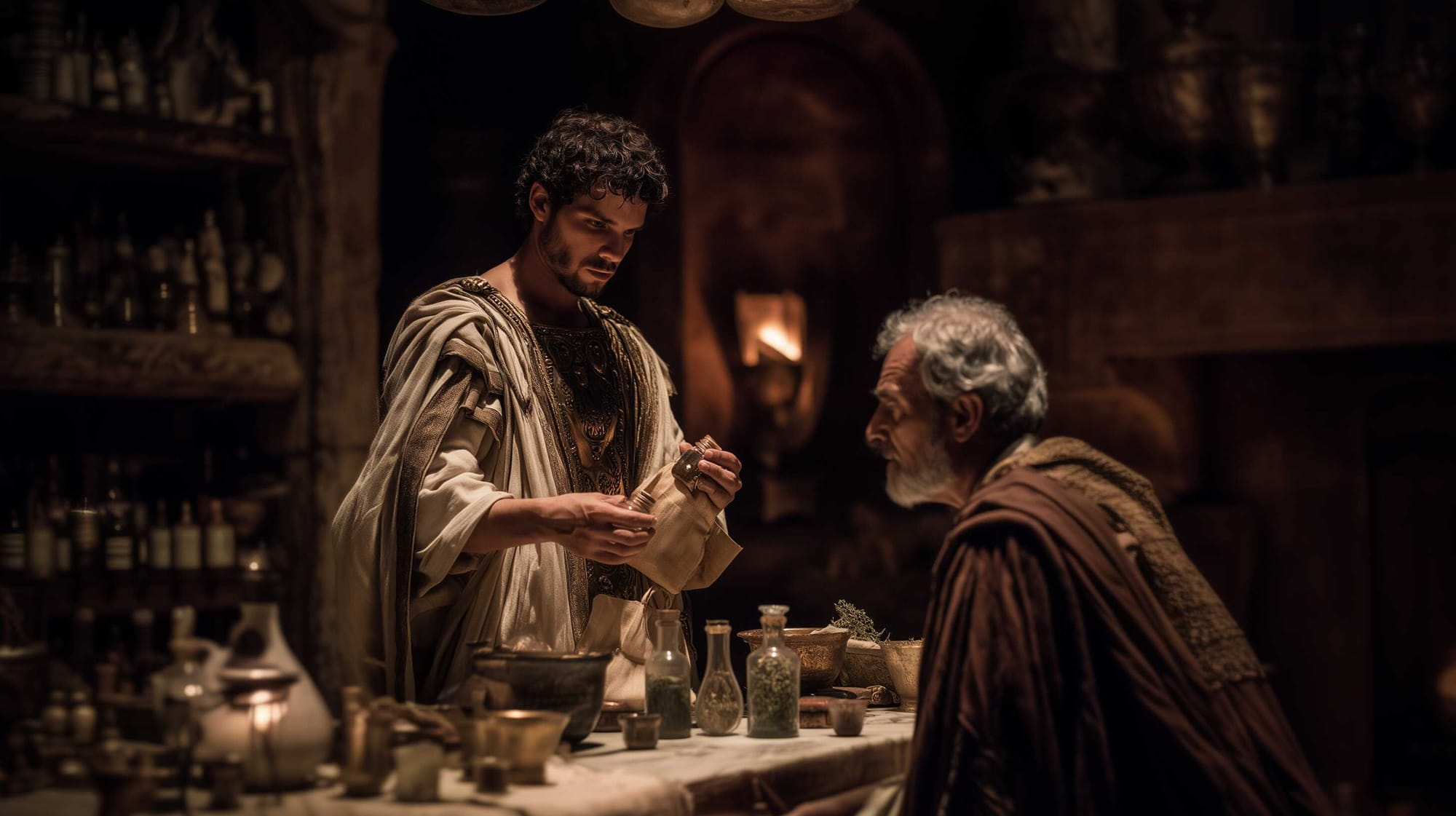In a remarkable historical revelation, the ancient beach of Herculaneum, buried for centuries by the catastrophic eruption of Mount Vesuvius in 79 CE, has reopened to the public. This rediscovered site provides an evocative glimpse into the past, where the remains of over 330 victims who perished in the eruption have been uncovered, offering a poignant reminder of the tragedy.
Among the poignant discoveries is the skeleton of a man clutching a satchel, highlighting the personal stories amidst the disaster. This site, frozen in time by volcanic ash, offers visitors a unique opportunity to walk the same paths as the ancient Romans and reflect on the human impact of natural disasters.
Archaeological Significance
The reopening of this site is not just a tourist attraction but an important archaeological endeavor. Excavations continue to yield significant finds, enhancing our understanding of the daily lives and final moments of Herculaneum’s inhabitants. The site offers invaluable insights into Roman life, architecture, and the abrupt halt brought by nature’s fury.
Visitor Experience
Visitors to the beach can now explore the preserved ruins and the coastline as it existed nearly two millennia ago. The beach area, now accessible, provides a tangible connection to history, allowing a deeper appreciation of the scale and impact of the Vesuvius eruption. Walking through the site, one can witness the meticulous work of archaeologists and experience the eerie silence of a once-bustling area abruptly abandoned.
Continuing Discoveries
The ongoing excavations continue to reveal new artifacts and human remains, each adding layers to the story of Herculaneum. The skeletons found, including those of children and adults who sought refuge by the sea, underscore the sudden and devastating nature of the eruption. These discoveries not only add to the historical record but also humanize the ancient catastrophe, offering a profound narrative of loss and resilience.
Conclusion
The reopening of Herculaneum’s ancient beach is a significant milestone in archaeological preservation and public history. It invites visitors to engage with the past in a direct and meaningful way, providing a somber reflection on human vulnerability and the enduring legacy of natural disasters. As the site continues to be studied, it promises to yield further secrets and stories from a moment frozen in time, enriching our understanding of ancient civilizations and their untimely ends.
For those interested in exploring this profound piece of history, the newly accessible beach at Herculaneum offers an unparalleled journey into the past, reminding us of the fragility of human life in the face of nature's unpredictable power.












